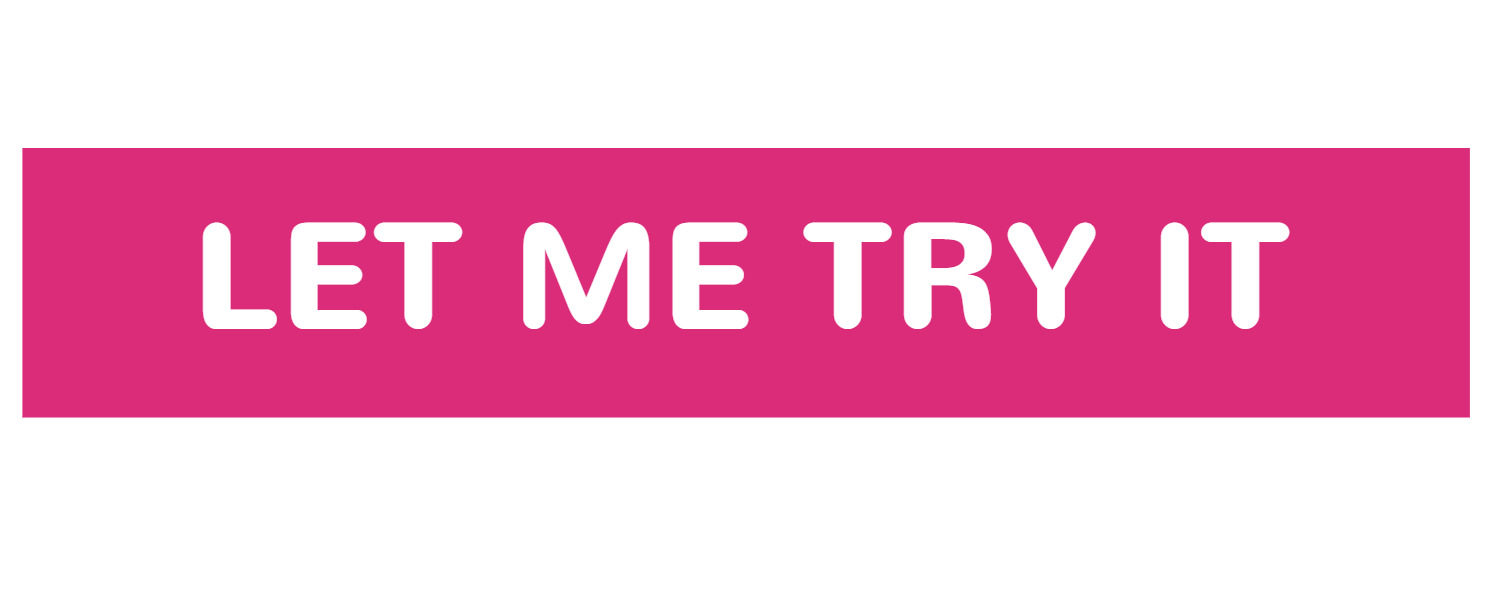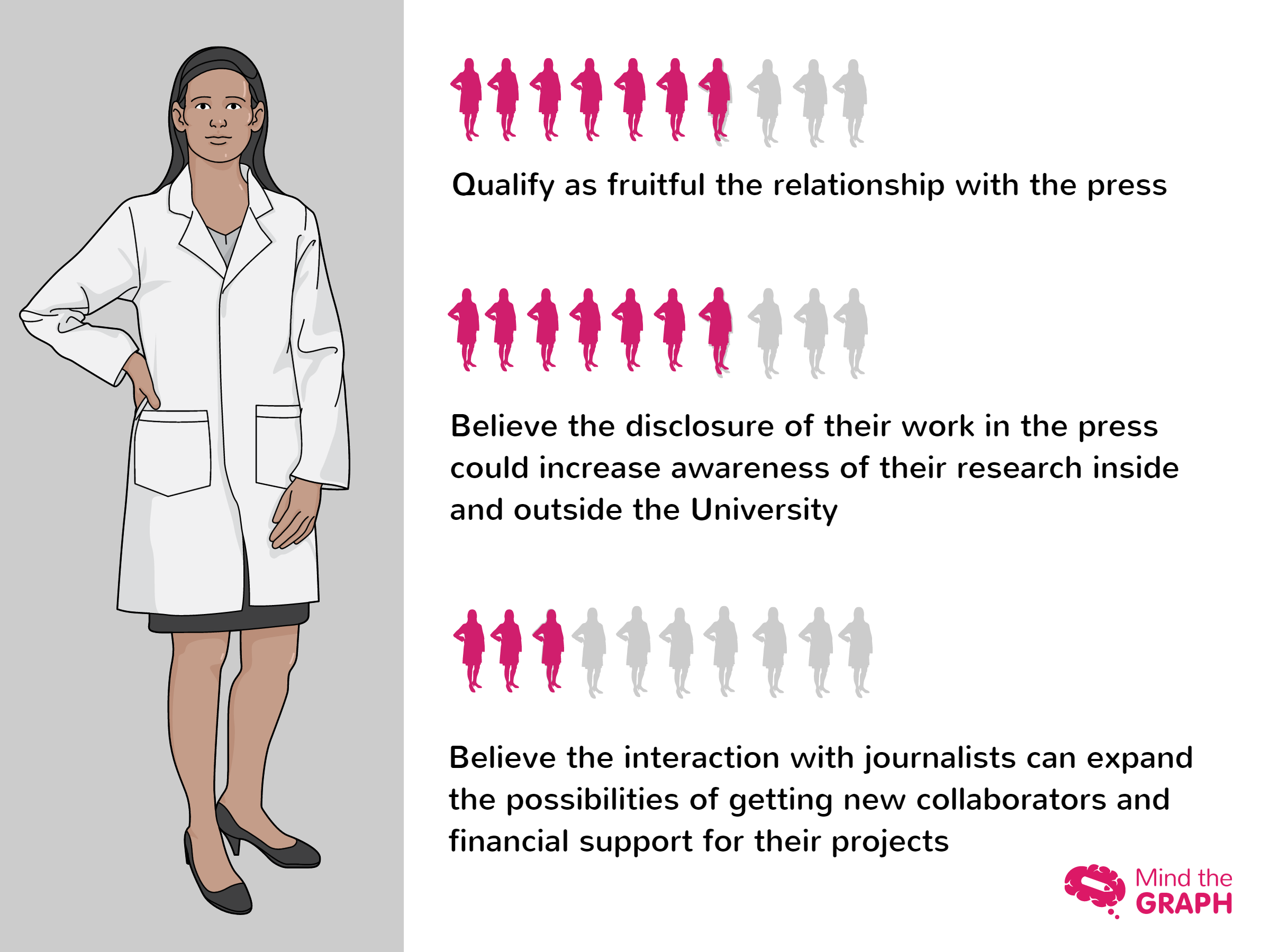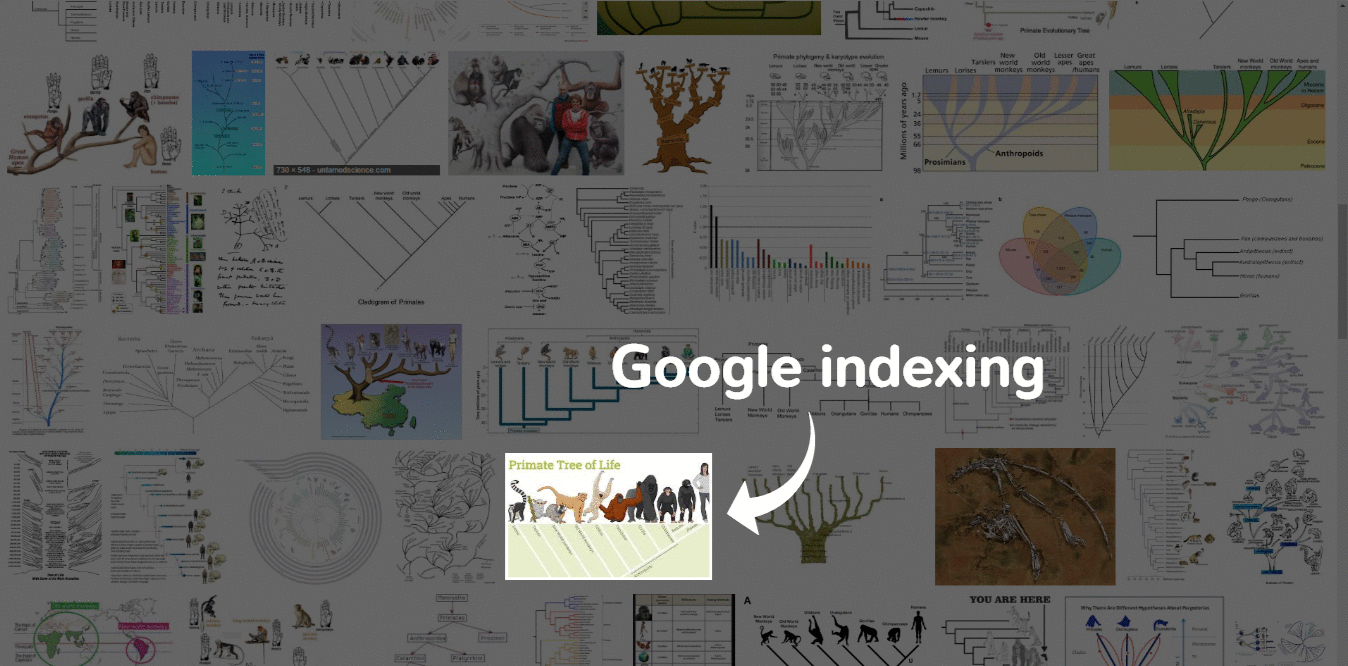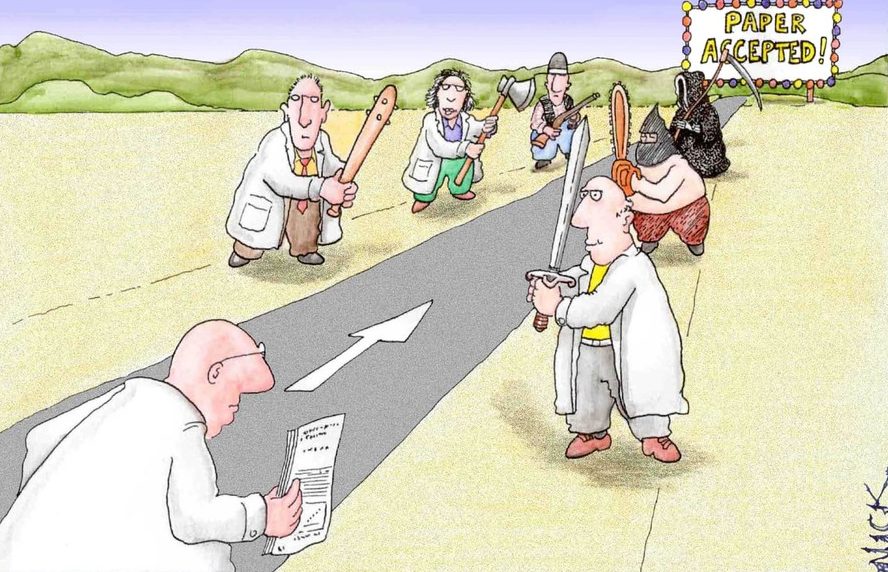If you think publishing a paper is the only way to get visibility to your research, you are waaay behind in science communication.
Most scientific information never reaches the usual communication channels or a big part of our society. Thus, science communication is not only a subject to be discussed but also a field to be studied.
Recently, the journalist Luisa Massarani and the social scientist Hans Peters interviewed 956 researchers from different studying fields about the benefits of having a interaction with the press. Here is what they found:
New ideas to approach people to science are starting to pop out. In addition to it, the desire of scientists to get visibility and relevance with their work may come true.
If we start to think about science information as any other type of information, the scenario gets a bit more clear. In fact, there are some simple steps that can be followed in order to get visibility.
1- Keep journalists informed about the progress of your research along with papers getting published.
2- Be available to give interviews or comments on trends about your studying field. You can use the spotlight to call attention to other subjects that you find important.
3- Explain your work in a clear and straight forward way without technical expressions.
4- Get closer to your institution press office. It helps getting in touch with your city press.
5- Talk about your recent studies in social media, blogs, magazine and newspapers columns. Different communication channels help getting collaborators.
In order to get visibility, we need to understand how journalists work and get closer to them. That way we stop sensationalism and start to deliver trustworthy scientific information.
A good way to start is changing the way you present your research.
Let us help you taking the first step.
Source: http://revistapesquisa.fapesp.br/2016/09/23/a-procura-de-visibilidade/

Subscribe to our newsletter
Exclusive high quality content about effective visual
communication in science.










